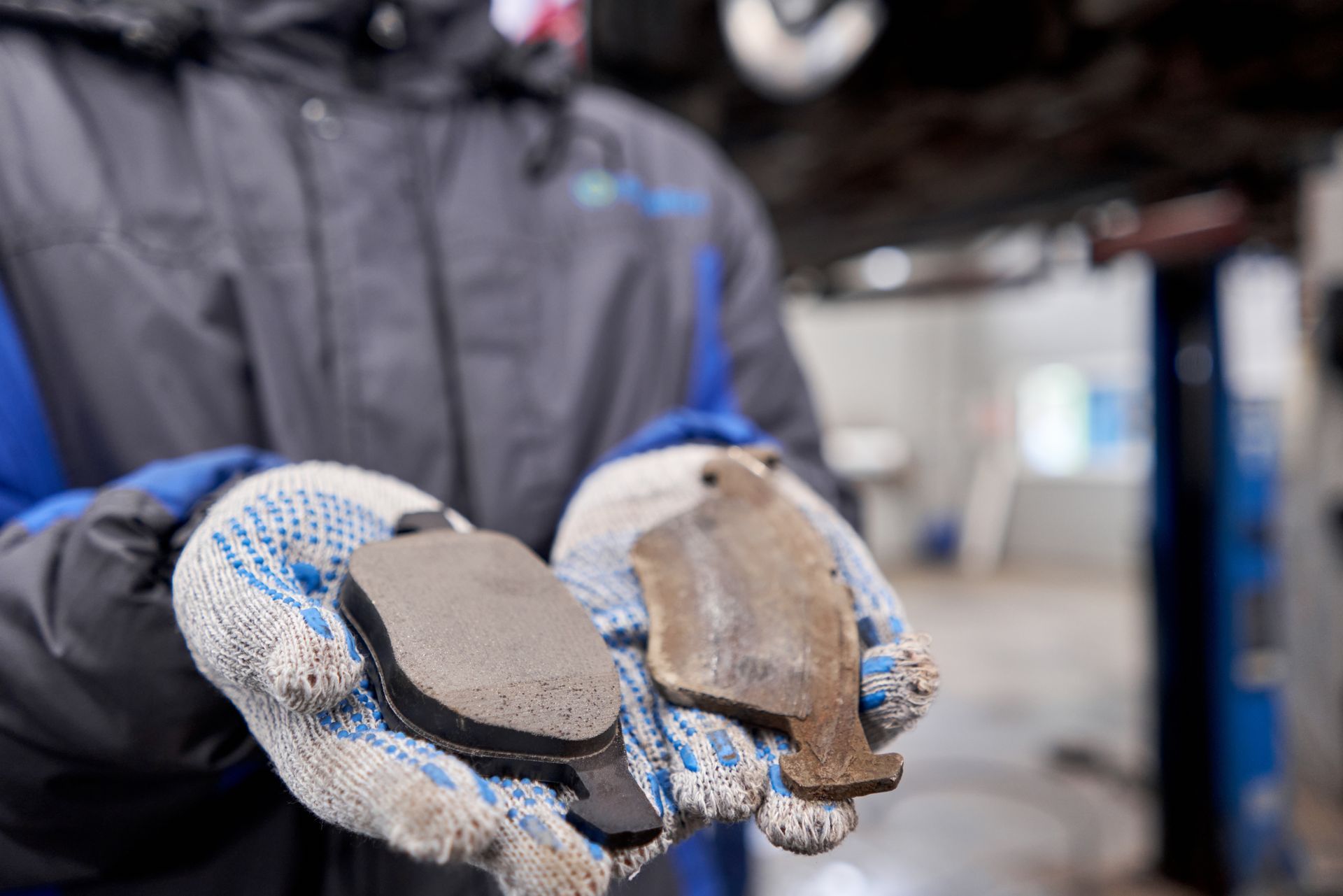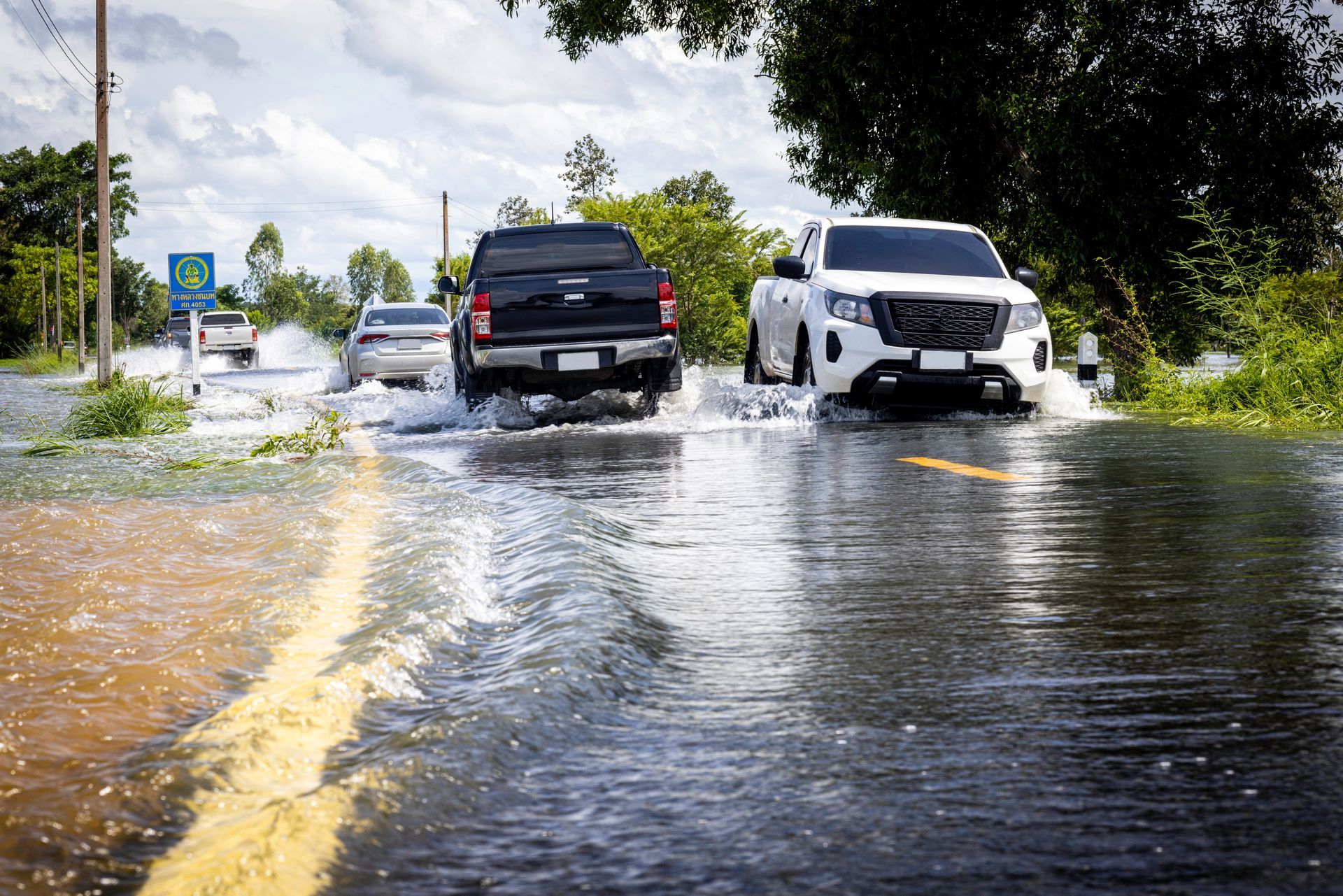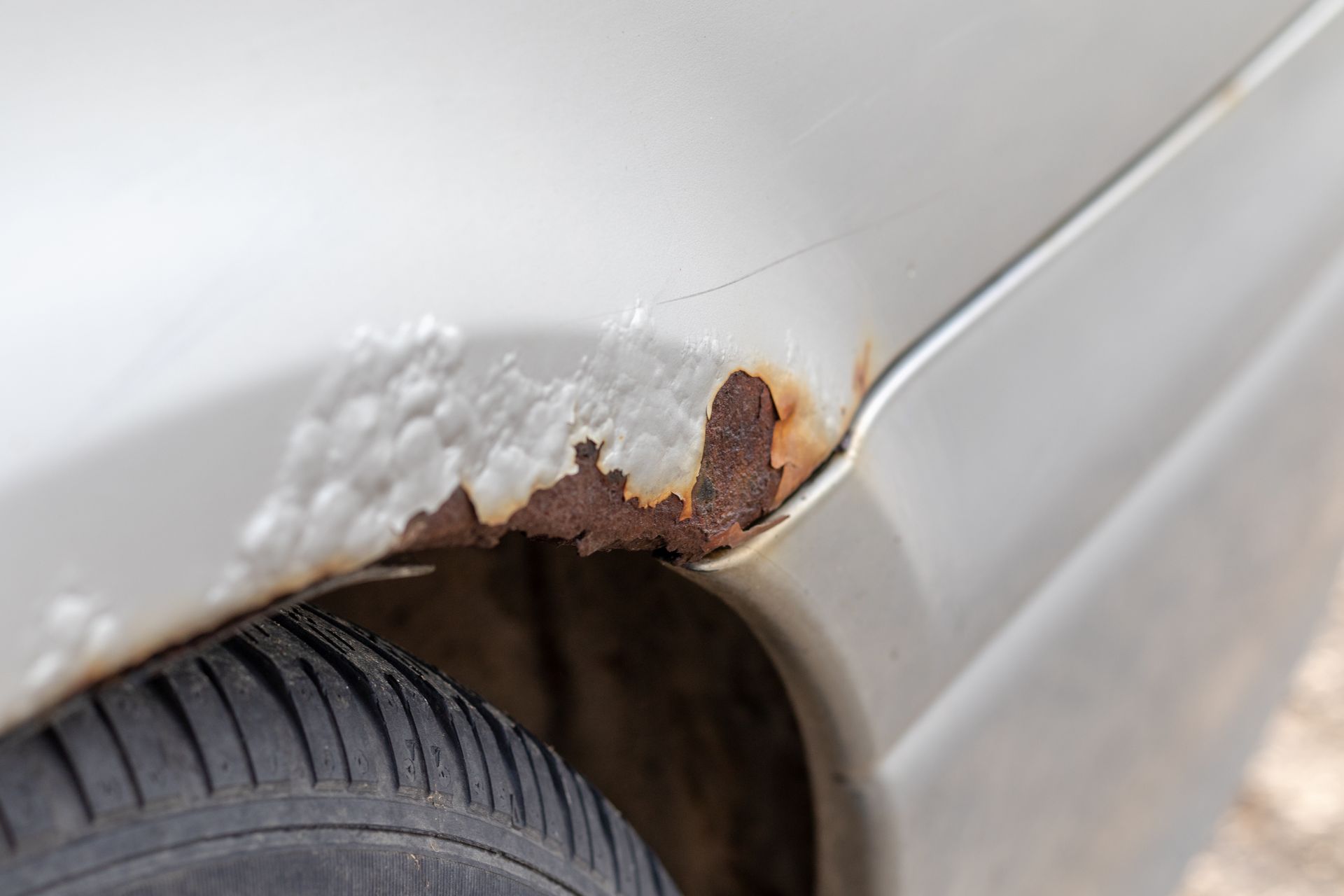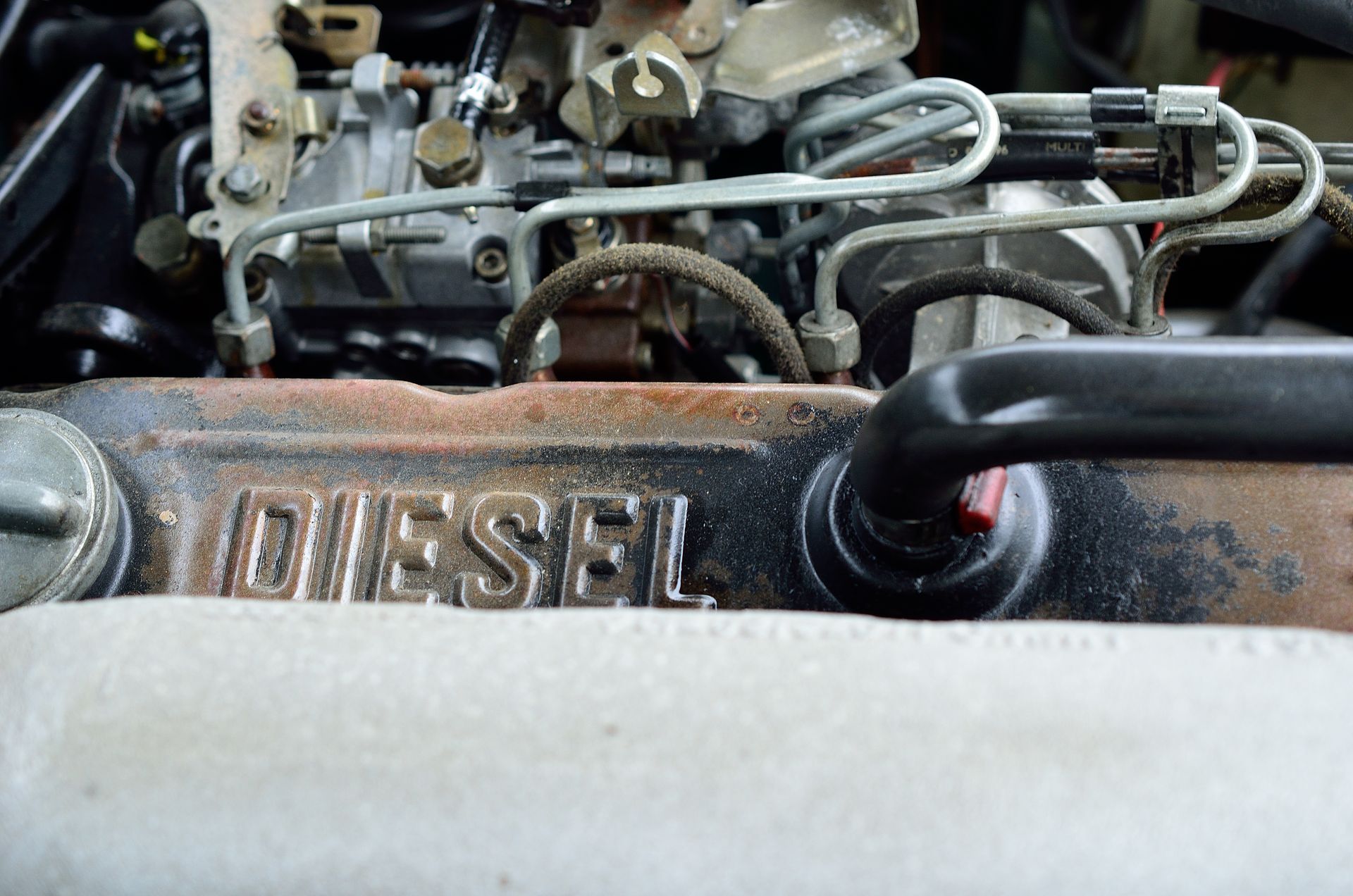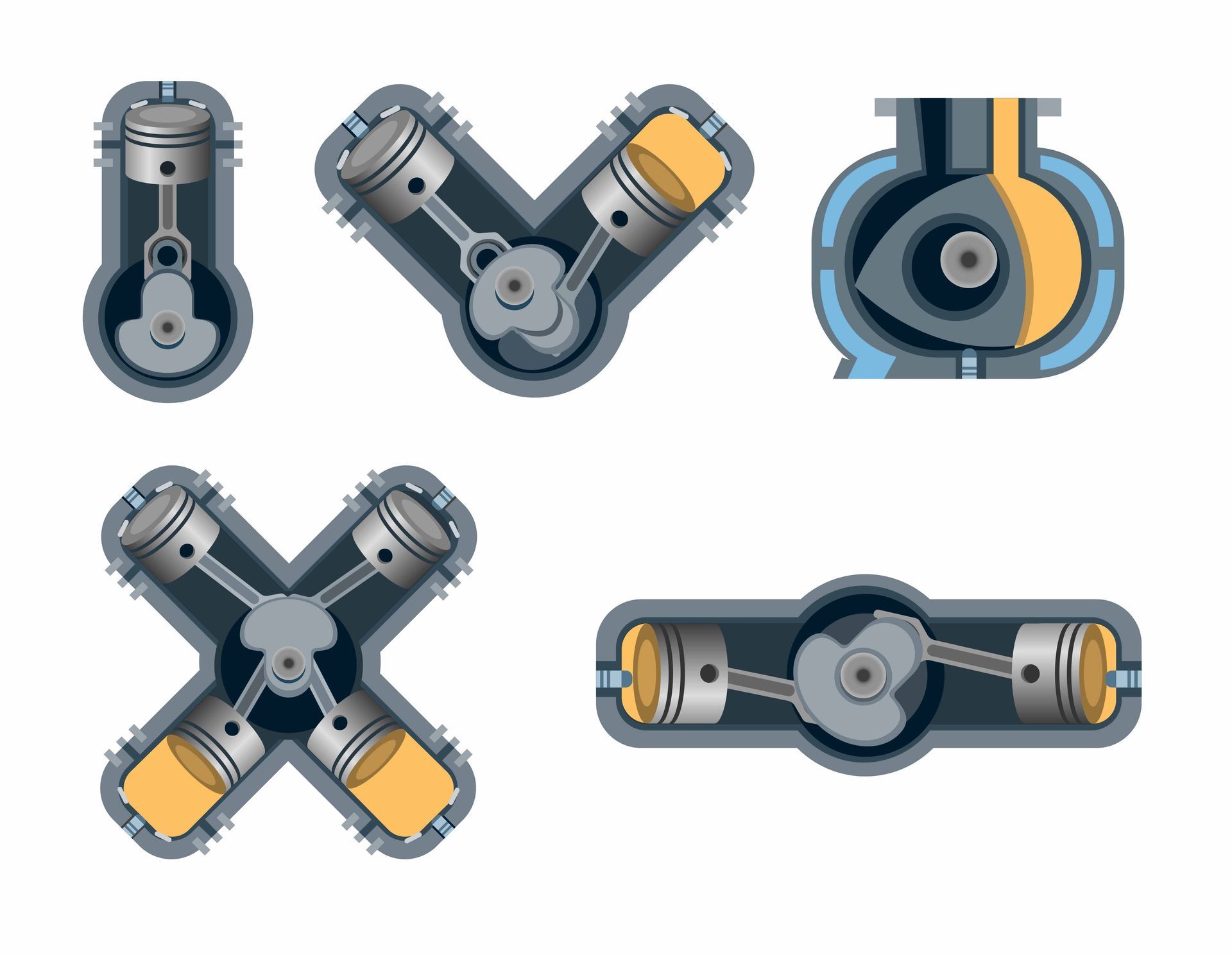Keeping your engine at the right temperature is essential for its performance and longevity, and your car’s cooling system plays a major role in that. But what happens when your coolant levels drop, yet there are no visible leaks? It can be confusing and concerning, especially when you know coolant loss can lead to overheating and severe engine damage. If you’ve noticed your coolant reservoir getting low without puddles forming under your car, there are a few possible explanations.
Internal Coolant Leaks and Where They Go
Just because you don’t see coolant leaking onto the ground doesn’t mean your car isn’t losing it. In many cases, coolant leaks internally rather than externally, meaning the fluid is escaping somewhere inside the engine or another component rather than dripping onto the pavement. One of the most common culprits is a blown head gasket. When a head gasket fails, coolant can seep into the engine cylinders and burn off during combustion. This won’t leave behind any visible puddles, but you might notice white smoke coming from the exhaust or a sweet smell when the car is running.
Another possibility is a cracked engine block or cylinder head, both of which can allow coolant to enter areas of the engine where it shouldn't be. Over time, this can cause serious engine damage, leading to costly repairs if not addressed quickly.
A Failing Radiator Cap Could Be the Problem
Your radiator cap does more than just cover the radiator—it helps maintain the proper pressure in the cooling system. If the cap becomes worn or damaged, it may not seal properly, causing coolant to evaporate as steam rather than leaking onto the ground. This can lead to slow but steady coolant loss, which may go unnoticed until the engine starts overheating.
A faulty radiator cap can also cause the cooling system to operate inefficiently, leading to overheating and reduced performance. Checking or replacing the radiator cap is a simple and inexpensive way to rule out this potential issue.
Coolant Burning Off Due to Overheating
If your engine runs hotter than normal, coolant can evaporate at a higher rate, even without a visible leak. This often happens due to problems like a failing water pump, clogged radiator, or malfunctioning thermostat. When the cooling system isn’t working efficiently, coolant may burn off more quickly than expected, leading to unexplained losses.
A consistently overheating engine can lead to bigger issues, including damage to gaskets, seals, and internal engine components. If your temperature gauge is frequently running higher than normal, it’s important to address the issue as soon as possible.
Coolant Reservoir Leaks That Evaporate Quickly
Sometimes, coolant leaks do exist but go unnoticed because they evaporate before they can leave visible traces. Small leaks in hoses, connectors, or the coolant reservoir itself might release coolant at a slow rate, allowing it to burn off before it has a chance to form a puddle.
If you suspect a small external leak, you can try checking for dried coolant residue around hoses and fittings. A flashlight can help you inspect areas that aren’t easily visible under the hood. In some cases, a pressure test may be necessary to pinpoint the source of the leak.
Checking for Signs of Coolant Loss
Since coolant loss without visible leaks can stem from multiple causes, it’s important to look for other symptoms that can help you determine the root of the problem. Here are a few things to watch for:
- White smoke from the exhaust – This could indicate coolant burning in the combustion chamber.
- A sweet smell inside or outside the car – Coolant has a distinct sweet scent, which may be noticeable if it’s leaking internally or evaporating.
- Discolored engine oil – If coolant is mixing with oil, the oil may take on a milky appearance. This is a sign of serious internal damage.
- Frequent overheating – Even if coolant levels aren’t critically low, a cooling system issue can lead to overheating.
If you experience any of these symptoms, it’s best to have your cooling system inspected right away to prevent further engine damage.
Get Expert Cooling System Diagnostics and Repairs
If your coolant is disappearing and you don’t know why, it’s time to have your car checked by professionals. Whether it’s a small leak, a faulty component, or an internal issue, addressing the problem early can save you from expensive repairs down the road. For drivers in Gainesville, High Springs, and Newberry, FL, getting expert service is just a short trip away.
Not sure where your coolant is going? Let our experts at Auto ER in Gainesville, High Springs, and Newberry, FL, take a look. We’ll inspect your cooling system, identify the problem, and get your car running at its best.
Visit any of our Florida locations for reliable automotive care:
- Gainesville, FL 32608
- High Springs, FL 32643
- Gainesville, FL 32606
- Gainesville, FL 32609
- Newberry, FL 32669






